In the quest for technological advancements that can revolutionize our world, the scientific community has always been captivated by the elusive phenomenon of superconductivity. For decades, researchers have strived to unlock its full potential, seeking to discover materials that can exhibit superconducting properties at room temperature. And now, the wait might finally be over! Enter LK-99, a groundbreaking potential room-temperature superconductor that has sent shockwaves through the scientific world, spearheaded by a team of brilliant minds from Korea University, led by esteemed researchers Sukbae Lee and Ji-Hoon Kim.
Superconductors are materials that can conduct electricity with zero resistance, leading to unprecedented energy efficiency and technological advancements. Historically, superconductivity was only observed at extremely low temperatures and is considered a holy grail in the field of science and engineering. However, it is about the change.
The recent breakthrough surrounding LK-99 has the potential to reshape entire industries, promising a world where electricity can be transmitted with unprecedented efficiency, energy waste can be minimized, and advanced technologies can thrive at ambient conditions.
First claimed successful replication of LK-99
Accomplished by a team at the Huazhong University of Science and Technology and posted 30 minutes ago.
Why this is evidence:
The LK-99 flake slightly levitates for both orientations of the magnetic field, meaning it is not simply a… pic.twitter.com/bh0x9oqaz2— Andrew Côté (@Andercot) August 1, 2023
In this blog post, we delve into what LK-99 is and the possible profound impacts it could have on various sectors of society. Join us as we explore the wonders of this cutting-edge material and its potential to propel humanity toward an electrifying new future.
What is LK-99? Meet the potential room temperature superconductor that hyped everybody
LK-99, also known as Lee‒Kim‒1999, is a potential room temperature superconductor with a distinctive gray-black appearance. It possesses a hexagonal structure that is slightly modified from lead‒apatite, achieved by introducing small amounts of copper into the material. This groundbreaking material was initially discovered and synthesized by a team of researchers, which included Sukbae Lee and Ji-Hoon Kim from Korea University.
According to the team’s claims, the room temperature superconductor exhibits superconducting properties at ambient pressure and below 400 K (127 °C; 260 °F). Superconductors are materials that can conduct electricity with zero resistance, and finding one that operates at room temperature would be a major scientific breakthrough with numerous practical applications, such as highly efficient power transmission and advanced electronic devices.
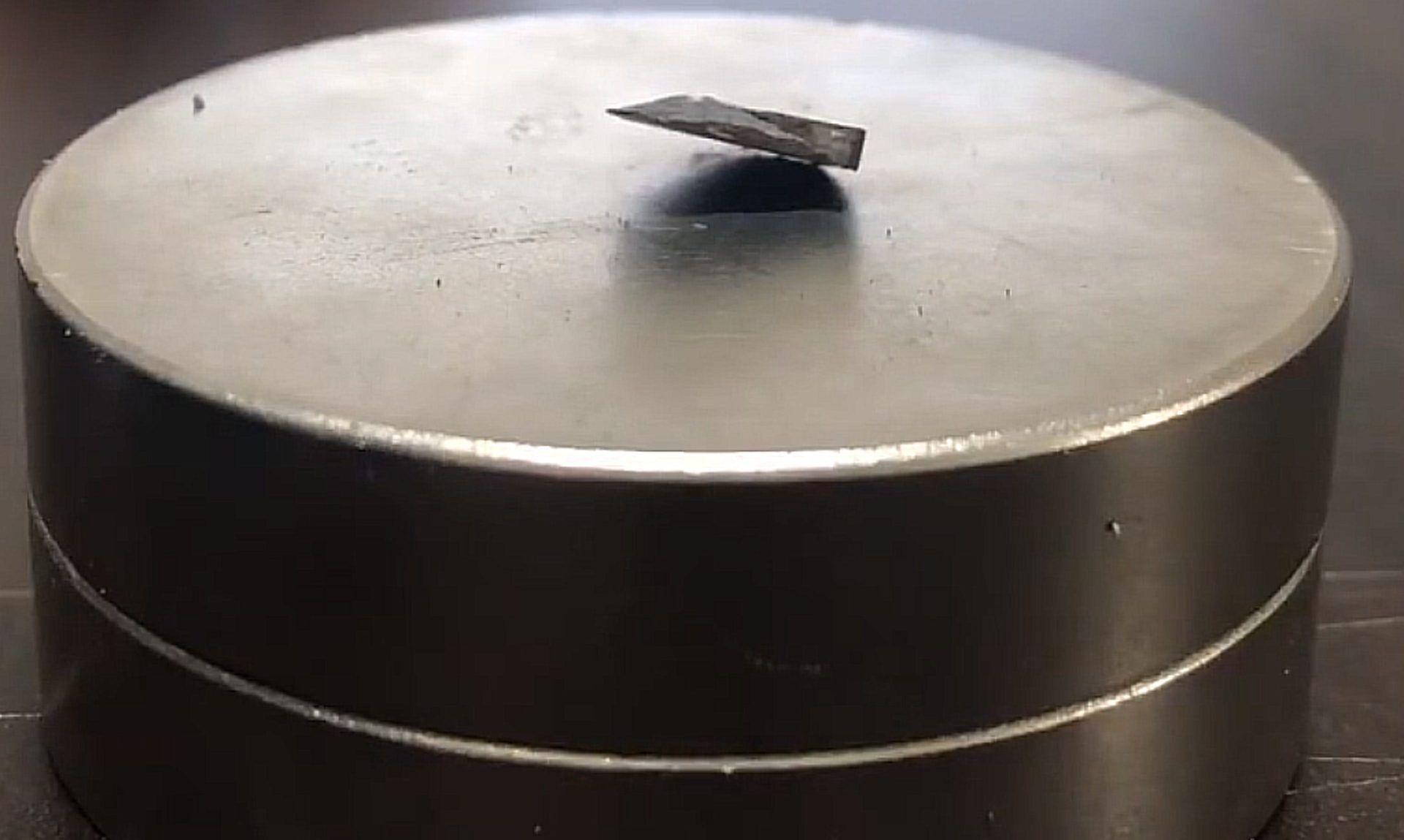
As of August 2, 2023, it is essential to note that the superconductivity of LK-99 has not been confirmed at any temperature. The material’s synthesis and the observation of its superconducting behavior have not undergone peer review or independent replication. Consequently, the initial announcement of its discovery was met with skepticism from the scientific community, given the extraordinary nature of the claims and reported errors and inconsistencies in the pre-published papers. To address these concerns and verify the findings, independent teams of researchers are actively attempting to replicate the work of the South Korean team.
The initial studies announcing the discovery were uploaded to the open-access repository of electronic preprints, arXiv. The fact that they were uploaded as preprints indicates that they were not yet subjected to the rigorous peer-review process that helps validate scientific claims. The authors have acknowledged that the uploaded preprint papers were incomplete, which might have contributed to the skepticism surrounding the findings. Furthermore, coauthor Hyun-Tak Kim acknowledged that one of the papers contained defects, raising further questions about the reliability of the results.
Also, there is an official video about it. You can see it by clicking here.
In summary, LK-99 represents an exciting prospect as a potential room-temperature superconductor, but its superconducting properties have yet to be confirmed and independently verified. Until then, the scientific community remains cautious and eagerly awaits the results of the ongoing replication efforts.
In the meanwhile, we can theorize about how our lives would change if LK-99 or another room-temperature superconductor were to be effectively implemented.
Possible use cases for LK-99 or any stable room temperature superconductor
LK-99 or any stable room temperature superconductor can make profound effects on various sectors, such as:
- Energy and power,
- Transportation,
- Healthcare,
- Information technology and computing,
- Research and science,
- Nuclear fusion,
- Space exploration, and more.
So what exactly change if LK-99 becomes a stable room-temperature superconductor? Here are 20 potential use cases for room temperature superconductors and illustrate their impact on various industries.
Power transmission and distribution
Room temperature superconductors could revolutionize the energy sector by enabling lossless power transmission over long distances. With reduced energy dissipation during transmission, electricity could be distributed more efficiently, lowering carbon footprints and electricity costs.

What if LK-99 becomes a stable room-temperature superconductor? A new power grid system implemented with room temperature superconducting cables can deliver electricity from renewable energy sources in remote locations to urban centers with minimal loss, supporting a greener and more sustainable future.
Magnetic levitation (Maglev) trains
Maglev trains already operate using low-temperature superconductors to achieve high-speed, frictionless travel. Room temperature superconductors would allow for cost-effective, mainstream adoption of maglev technology, connecting cities like never before.

What if LK-99 becomes a stable room-temperature superconductor? If a new maglev train network is established, it will drastically reduce travel times and relieve congestion in urban areas while offering efficient intercity transportation options.
Advanced medical imaging
Room temperature superconductors could revolutionize magnetic resonance imaging (MRI) technology. Higher magnetic fields enabled by these superconductors would enhance image resolution and enable faster scanning, leading to more accurate diagnoses and improved patient outcomes.

What if LK-99 becomes a stable room-temperature superconductor? Hospitals that deploy state-of-the-art MRI machines utilizing room temperature superconductors can provide physicians with clearer and more detailed images for precise medical evaluations.
Supercomputing and data processing
Superconducting computing systems would offer unprecedented processing speeds while consuming minimal energy. Complex simulations, data analysis, and artificial intelligence applications would benefit significantly from this technological leap.

What if LK-99 becomes a stable room-temperature superconductor? Research institutions can adopt superconducting computers to tackle complex computational problems, such as climate modeling, drug discovery, and financial analysis, accelerating progress in various fields.
Energy storage and batteries
Superconducting magnetic energy storage (SMES) systems would enable efficient and rapid energy storage and retrieval, addressing the intermittency issues of renewable energy sources.

What if LK-99 becomes a stable room-temperature superconductor? Cities can implement large-scale SMES systems and ensure reliable power supply during peak demand and provide backup power during emergencies without relying on fossil fuels.
Transportation electrification
Room temperature superconductors could enhance electric vehicle (EV) performance by reducing energy losses during charging and improving motor efficiency.

What if LK-99 becomes a stable room-temperature superconductor? EV manufacturers integrate room temperature superconducting materials into their vehicle can, extending driving ranges and shortening charging times, making EVs more accessible and appealing to the masses.
Fault current limiters
Room temperature superconductors could act as fault current limiters, protecting electrical grids from sudden surges and blackouts caused by faults or disturbances.

What if LK-99 becomes a stable room-temperature superconductor? A city that installs room temperature superconducting fault current limiters in its power distribution network can safeguard against electrical failures and ensure uninterrupted service for its residents.
Renewable energy generation
Room temperature superconductors could enhance the efficiency of wind turbines and solar panels, maximizing power output from renewable energy sources.

What if LK-99 becomes a stable room-temperature superconductor? A wind farm that incorporates room temperature superconducting materials into its turbine generators can increase energy production and contribute to the global renewable energy transition.
High-speed generators
Superconducting generators with room temperature materials could be used in aircraft, ships, and industrial applications to generate electricity with unparalleled efficiency and reliability.

What if LK-99 becomes a stable room-temperature superconductor? A cargo ship that is equipped with a room temperature superconducting generator, reducing fuel consumption and emissions while increasing the vessel’s overall performance and reliability.
Magnetic resonance therapy
Room temperature superconductors enable the development of more powerful and compact magnetic resonance therapy devices for cancer treatment and other medical applications.

What if LK-99 becomes a stable room-temperature superconductor? A cutting-edge medical facility can employ a compact and powerful magnetic resonance therapy machine, providing more effective and targeted treatments for cancer patients.
Next-generation electric motors
Room temperature superconducting materials in electric motors enhance power density and reduce energy losses, making electric machines more efficient in various industries, from manufacturing to transportation.
What if LK-99 becomes a stable room-temperature superconductor? An industrial plant that upgrades its equipment with room temperature superconducting motors can lead to higher productivity, reduced energy consumption, and decreased maintenance costs.
Fusion reactors
Superconducting magnets are crucial for containing the plasma in fusion reactors. Room temperature superconductors would lower the operational costs and complexity of future fusion power plants, bringing sustainable and clean energy to the world.
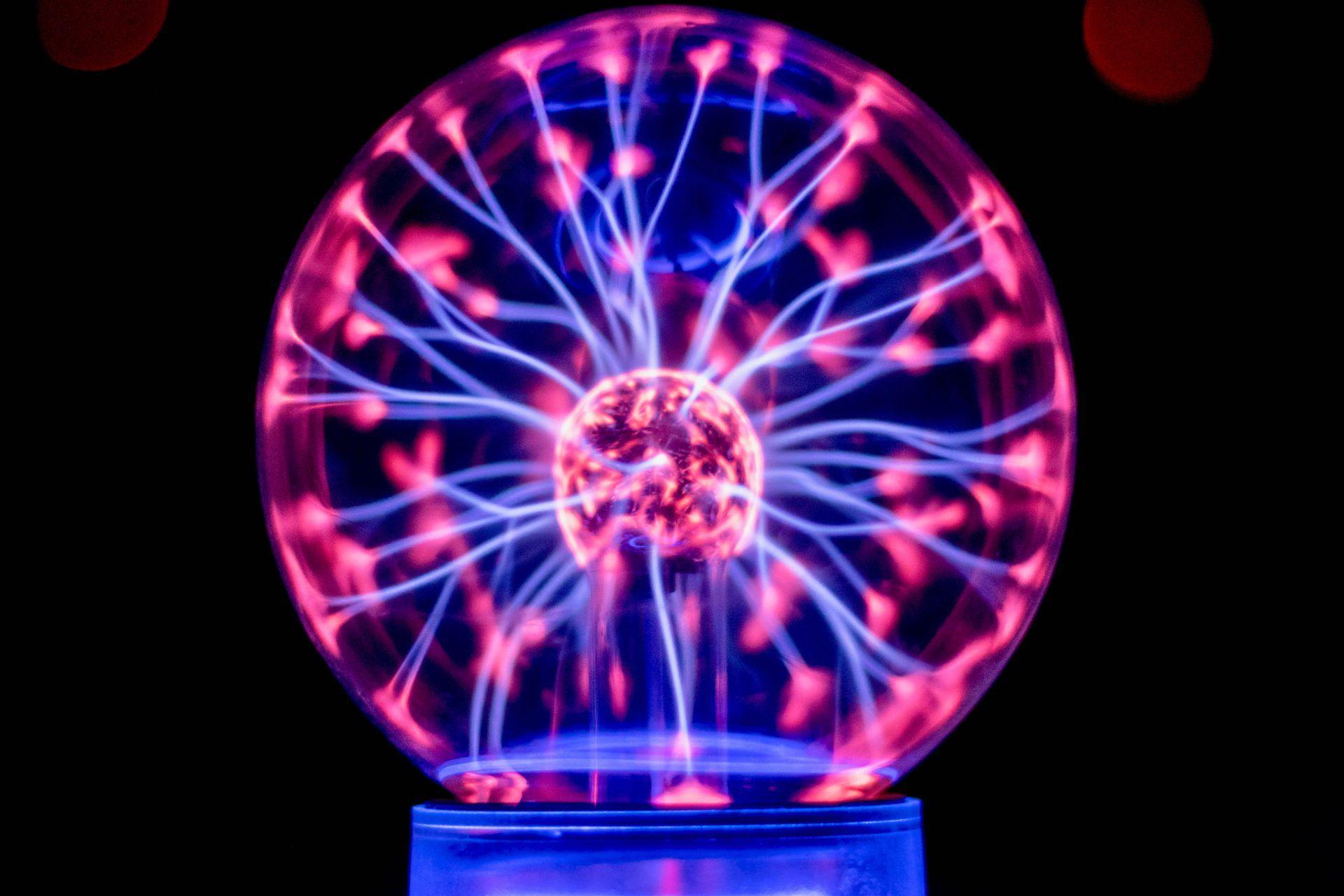
What if LK-99 becomes a stable room-temperature superconductor? A new fusion research facility that adopts room temperature superconducting magnets can make substantial progress toward achieving a stable and efficient fusion reaction.
High-efficiency transformers
Room temperature superconducting transformers could increase the efficiency of power conversion and distribution networks.

What if LK-99 becomes a stable room-temperature superconductor? A city that upgrades its power grid with room temperature superconducting transformers can minimize energy losses and promote a more resilient electrical infrastructure.
Electromagnetic launch systems
Room temperature superconductors would enhance the performance and efficiency of electromagnetic launch systems, such as space launchers and aircraft catapults.

What if LK-99 becomes a stable room-temperature superconductor? A space agency that uses room temperature superconductors to power its electromagnetic space launch system can reduce launch costs and increase payload capacity.
Quantum computing
Room temperature superconductors could be employed in quantum computing setups, providing a more accessible and scalable path to quantum information processing.
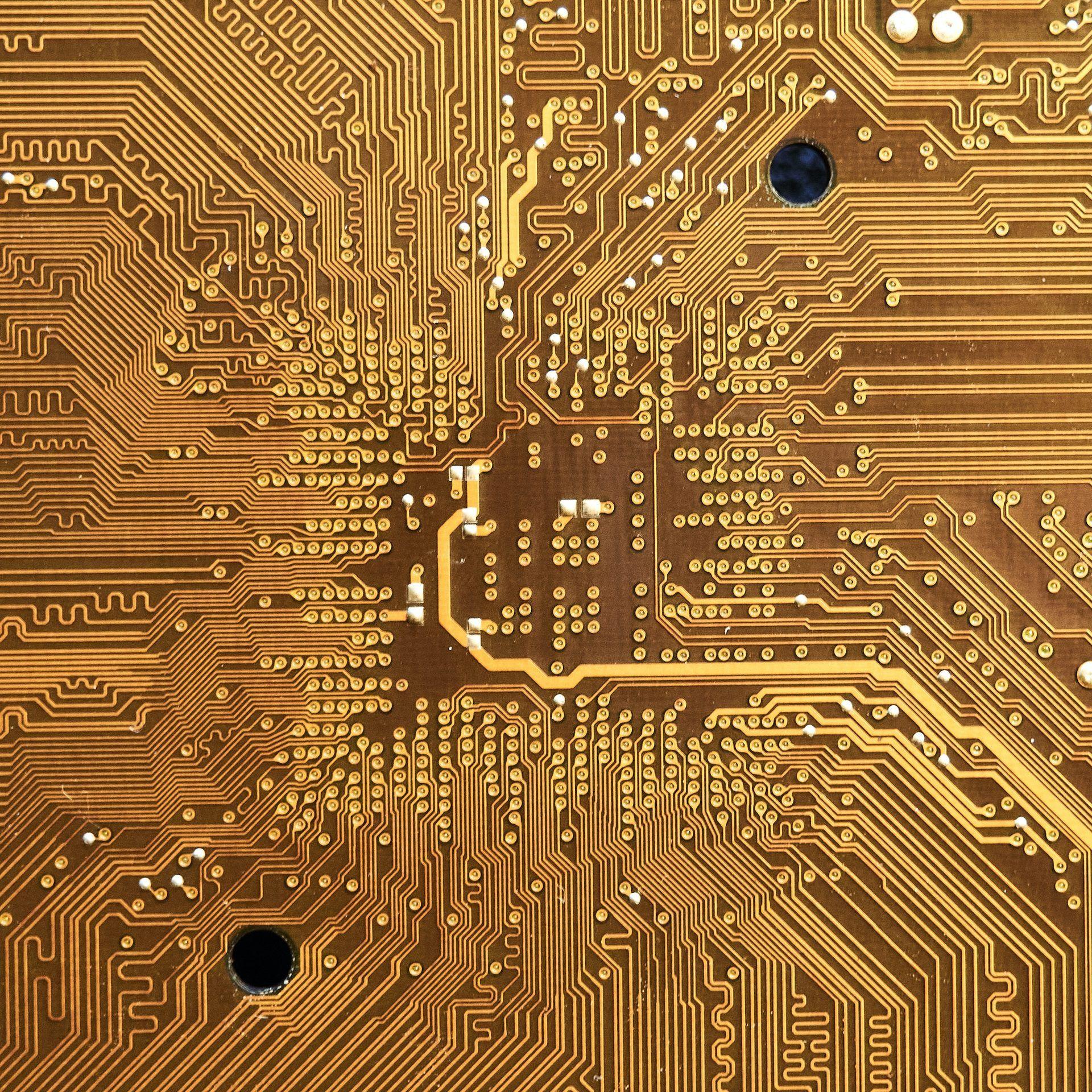
What if LK-99 becomes a stable room-temperature superconductor? A quantum technology company that develops a room temperature superconducting quantum processor can advance quantum computing capabilities and applications.
Superconducting sensors
Highly sensitive superconducting sensors could find use in various fields, including geology, astronomy, and security.

What if LK-99 becomes a stable room-temperature superconductor? An observatory that installs room temperature superconducting sensors can enable precise detection and measurement of celestial phenomena, enhancing our understanding of the universe.
High-field magnets for research
Room temperature superconducting magnets with high magnetic fields would enable breakthroughs in fundamental research, materials science, and condensed matter physics.
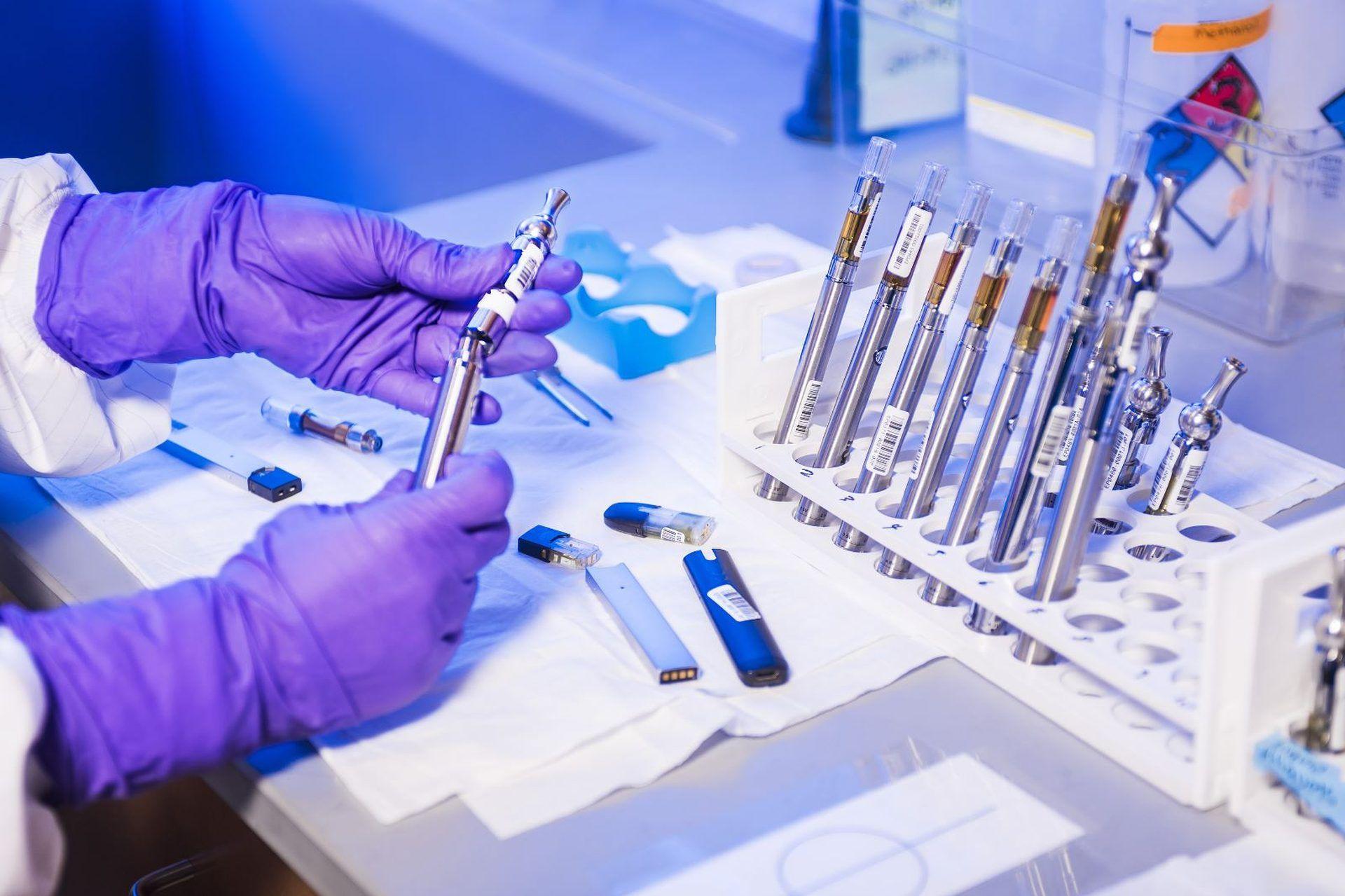
What if LK-99 becomes a stable room-temperature superconductor? A research institute that establishes a cutting-edge laboratory equipped with room temperature superconducting magnets can facilitate groundbreaking discoveries in various scientific fields.
Aircraft electrification
Room temperature superconductors in aircraft systems could improve propulsion efficiency, leading to greener aviation and reduced greenhouse gas emissions.

What if LK-99 becomes a stable room-temperature superconductor? An airline tests an aircraft prototype equipped with room temperature superconducting propulsion systems can showcase the potential for sustainable air travel.
Quantum sensors for medical diagnostics
Superconducting quantum sensors could enhance medical diagnostics, detecting subtle magnetic fields associated with brain activity and physiological processes.

What if LK-99 becomes a stable room-temperature superconductor? A neuroscience research center employs room temperature superconducting quantum sensors can advance brain imaging techniques and lead to better diagnostic tools for neurological disorders.
Future space exploration
Room temperature superconductors could significantly enhance space missions, providing power-efficient propulsion and enabling new exploration capabilities.
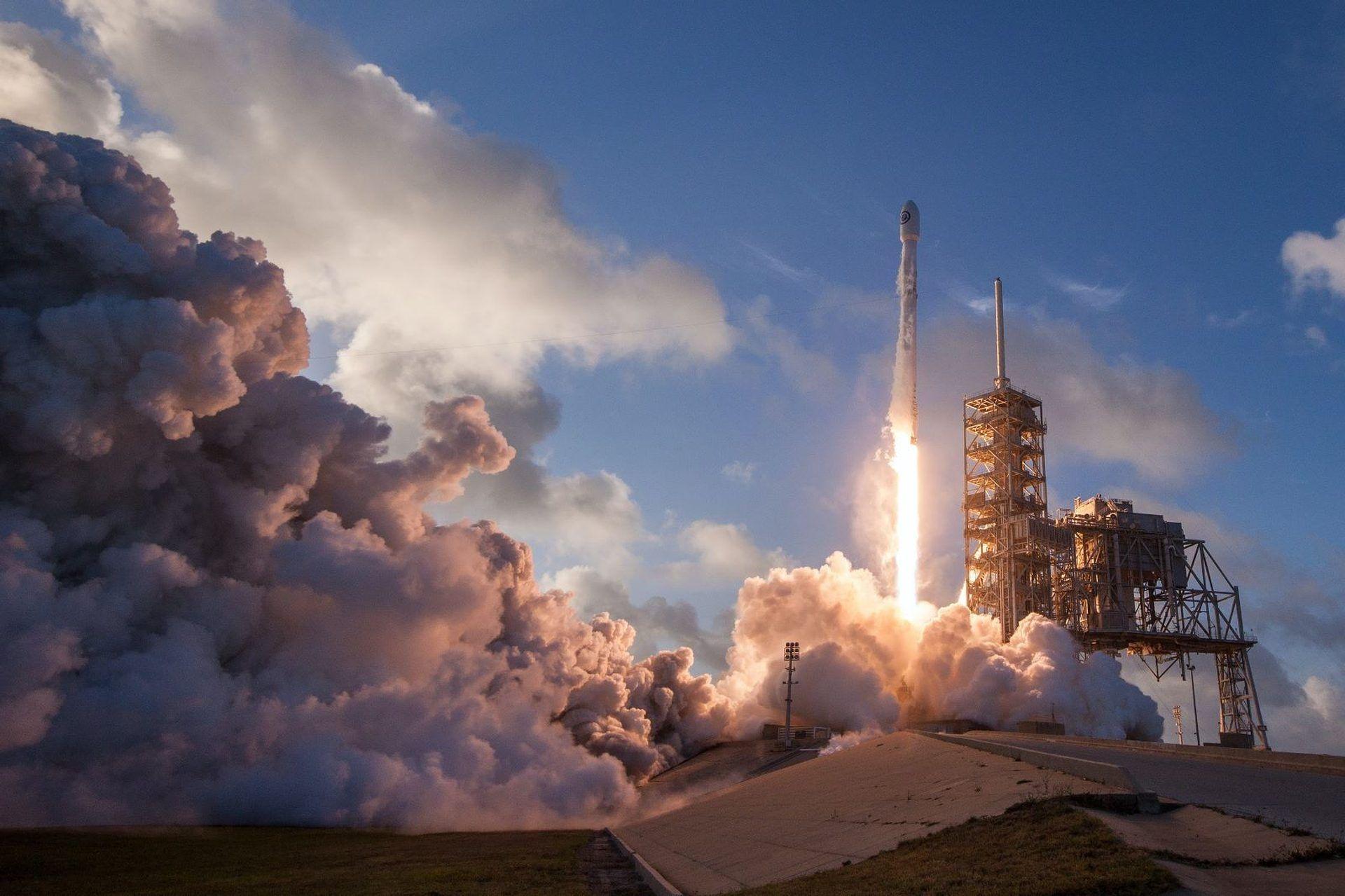
What if LK-99 becomes a stable room-temperature superconductor? A space agency designs an interplanetary probe utilizing room temperature superconductors for its propulsion system can reach distant planets faster and more efficiently.
Conclusion
The discovery of room temperature superconductors has the potential to revolutionize various industries and pave the way for a more sustainable and technologically advanced future. From energy transmission to medical diagnostics and space exploration, these materials offer limitless possibilities and opportunities for innovation.
As researchers continue to unlock the full potential of room temperature superconductors, we can look forward to a world transformed by their game-changing applications.






